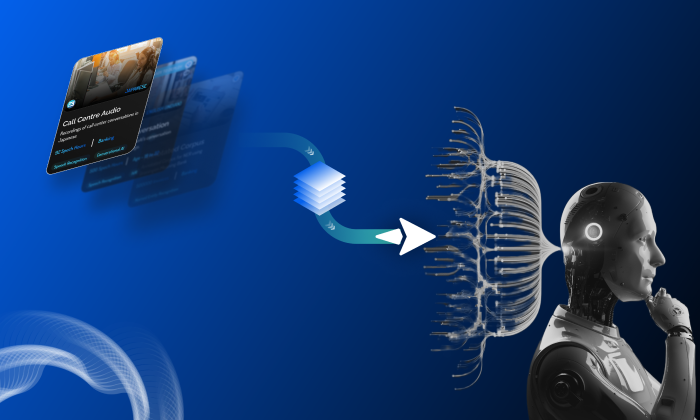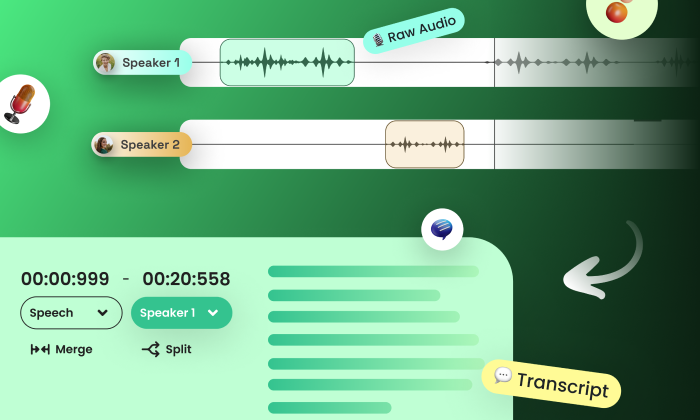What baseline WERs are typical on in-car speech datasets?
Speech Recognition
In-Car Speech
WER
In the automotive AI landscape, in-car speech datasets are indispensable for refining voice recognition systems. A crucial metric in this domain is the Word Error Rate (WER), which measures the accuracy of speech recognition by comparing incorrect transcriptions to total spoken words. Grasping baseline WERs in these datasets is vital for AI engineers seeking to enhance automotive voice interfaces.
Baseline WERs: What to Expect in Real-World Conditions
Baseline WERs represent standard error rates achieved by automatic speech recognition (ASR) models when evaluated with in-car speech datasets. These rates shed light on a model's effectiveness, especially under the varied acoustic conditions typical of automotive environments. Typically, baseline WERs for in-car datasets range from 10% to 30%. This range is influenced by several factors:
- Acoustic Profile: Vehicle interiors present unique challenges with noise sources like engines and road conditions, impacting speech clarity compared to quieter settings.
- Speaker Demographics: Variability in accents, speech rates, and emotional tones among drivers and passengers can cause fluctuations in WER.
- Speech Complexity: Simple commands generally result in lower WERs, while conversational speech increases complexity and error rates.
Why This Metric Matters
Understanding baseline WERs is crucial for:
- Model Optimization: High WERs signal the need for model refinement, which can lead to improved user experiences and trust in voice-activated systems.
- Benchmarking Performance: They serve as benchmarks for comparing different ASR systems, allowing teams to track improvements and justify resource allocation.
- Real-World Application Fit: Baseline WERs help predict model performance in practical applications, such as hands-free navigation or voice-enabled infotainment.
How Top Teams Approach the Problem
Leading AI teams adopt several strategies to manage and reduce baseline WERs:
- Diverse Data Collection: They gather comprehensive datasets reflecting real-world driving conditions, capturing speech across various scenarios and noise levels.
- Advanced Annotation Techniques: Robust annotations with detailed metadata, including noise labels and intent tags, enhance model training and evaluation.
- Iterative Testing: Continuous refinement cycles identify model weaknesses, allowing for progressive WER reductions.
Real-World Impacts and Use Cases
Consider these scenarios that highlight the significance of baseline WERs:
- Luxury Electric Vehicle Brand: By training a multilingual voice assistant with 500 hours of in-car speech, a top-tier EV manufacturer achieved high model accuracy, boosting user interaction and customer satisfaction.
- Autonomous Taxi Service: An autonomous service fine-tuned emotion recognition models using speech data from high-traffic conditions. Monitoring baseline WERs ensured accurate command interpretation, enhancing safety and user experience.
Additional Metrics and Real-World Challenges
To provide a comprehensive view, it is important to also consider metrics like Character Error Rate (CER) and Signal-to-Noise Ratio (SNR). These metrics offer insights into model reliability and can uncover challenges faced in real-world deployments, such as extreme weather and diverse driver behaviors.
Navigating the Future of In-Car Speech Recognition
Baseline WERs are pivotal for assessing in-car speech recognition systems. By addressing challenges and applying best practices, AI engineers can significantly improve the usability of automotive voice technologies.
To elevate your AI projects with diverse speech datasets, collaborate with FutureBeeAI. Our tailored solutions can help achieve superior model performance in real-world applications.
What Else Do People Ask?
Related AI Articles
Browse Matching Datasets
Acquiring high-quality AI datasets has never been easier!!!
Get in touch with our AI data expert now!








